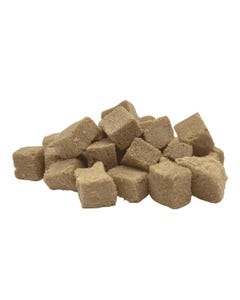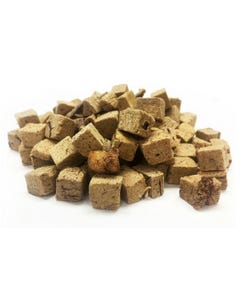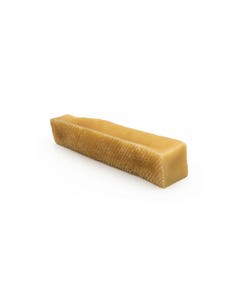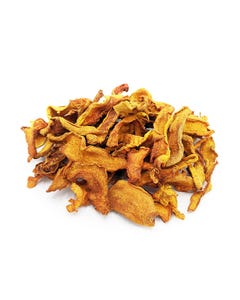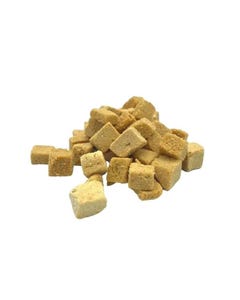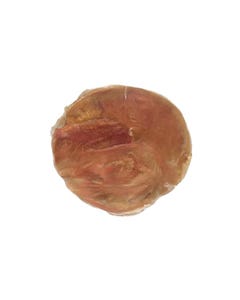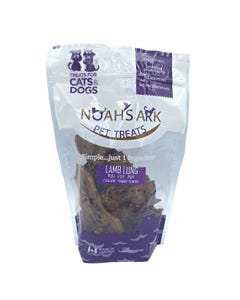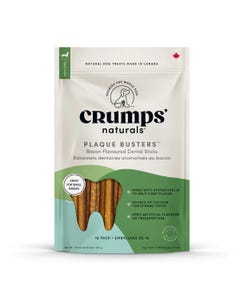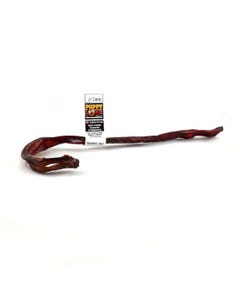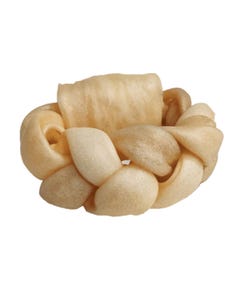Dog Treats & Chews
- sale
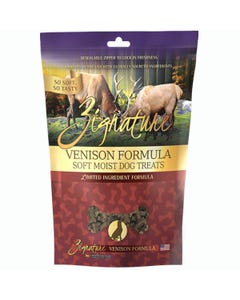 Zignature Soft Moist Treats for Dogs - Venison FormulaOur Price: $8.99 Sale Price: $6.29 You Save: $2.70 (30%)AutoShip
Zignature Soft Moist Treats for Dogs - Venison FormulaOur Price: $8.99 Sale Price: $6.29 You Save: $2.70 (30%)AutoShip - sale
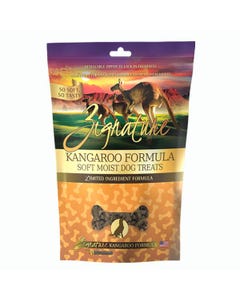 Zignature Soft Moist Treats for Dogs - Kangaroo FormulaOur Price: $8.99 Sale Price: $6.29 You Save: $2.70 (30%)AutoShip
Zignature Soft Moist Treats for Dogs - Kangaroo FormulaOur Price: $8.99 Sale Price: $6.29 You Save: $2.70 (30%)AutoShip -
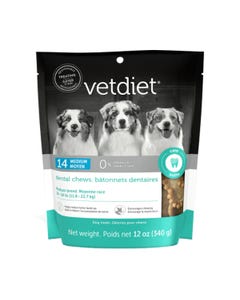
- Made in Canada
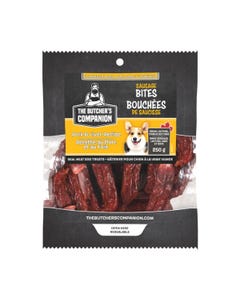
- Made in Canada
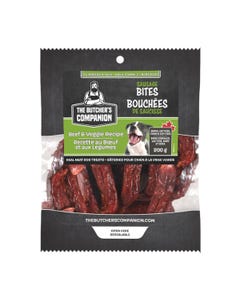
-
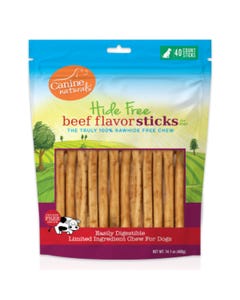 Canine Naturals Hide Free Beef Flavor SticksList Price: $40.49 Our Price: $36.99 You Save: $3.50 (9%)AutoShip
Canine Naturals Hide Free Beef Flavor SticksList Price: $40.49 Our Price: $36.99 You Save: $3.50 (9%)AutoShip - sale
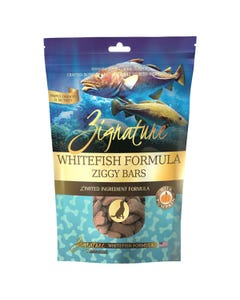 Zignature Limited Ingredient Ziggy Bar Dog Treats - WhitefishOur Price: $8.49 Sale Price: $5.94 You Save: $2.55 (30%)
Zignature Limited Ingredient Ziggy Bar Dog Treats - WhitefishOur Price: $8.49 Sale Price: $5.94 You Save: $2.55 (30%) - Made in Canada
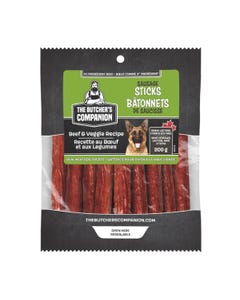
- Made in Canada
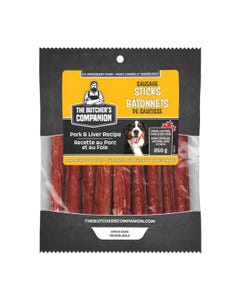
- sale
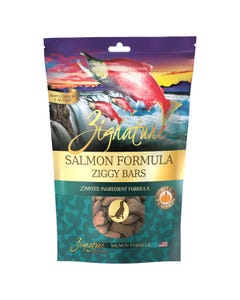 Zignature Limited Ingredient Ziggy Bar Dog Treats - SalmonOur Price: $9.99 Sale Price: $6.99 You Save: $3.00 (30%)
Zignature Limited Ingredient Ziggy Bar Dog Treats - SalmonOur Price: $9.99 Sale Price: $6.99 You Save: $3.00 (30%) -
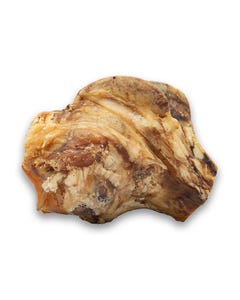 Silver Spur ASADO Beef Knuckle BoneList Price: $8.99 Our Price: $7.59 You Save: $1.40 (16%)AutoShip
Silver Spur ASADO Beef Knuckle BoneList Price: $8.99 Our Price: $7.59 You Save: $1.40 (16%)AutoShip - sale
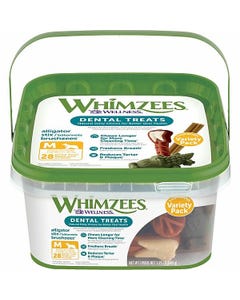 Whimzees Natural Daily Dental Treats Variety Tub - Medium Dog ChewsOur Price: $56.99 Sale Price: $45.59 You Save: $11.40 (20%)AutoShip
Whimzees Natural Daily Dental Treats Variety Tub - Medium Dog ChewsOur Price: $56.99 Sale Price: $45.59 You Save: $11.40 (20%)AutoShip - sale
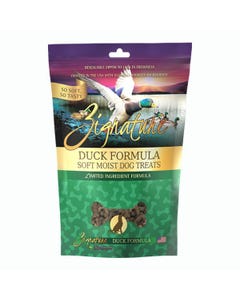 Zignature Soft Moist Treats for Dogs - Duck FormulaOur Price: $8.99 Sale Price: $6.29 You Save: $2.70 (30%)AutoShip
Zignature Soft Moist Treats for Dogs - Duck FormulaOur Price: $8.99 Sale Price: $6.29 You Save: $2.70 (30%)AutoShip -
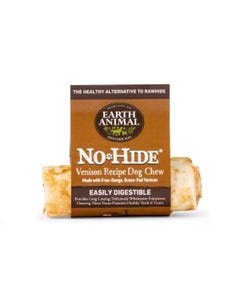 Earth Animal No-Hide Wholesome Venison ChewList Price: $7.50 Starting From: $7.29 You Save: $0.21 (3%)AutoShip
Earth Animal No-Hide Wholesome Venison ChewList Price: $7.50 Starting From: $7.29 You Save: $0.21 (3%)AutoShip - sale
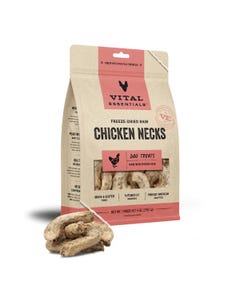 Vital Essentials Freeze-Dried Raw Dog Treats - Chicken NecksOur Price: $36.99 Sale Price: $31.99 You Save: $5.00 (14%)AutoShip
Vital Essentials Freeze-Dried Raw Dog Treats - Chicken NecksOur Price: $36.99 Sale Price: $31.99 You Save: $5.00 (14%)AutoShip - sale
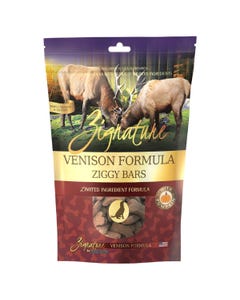 Zignature Limited Ingredient Ziggy Bar Dog Treats - VenisonOur Price: $10.49 Sale Price: $7.34 You Save: $3.15 (30%)
Zignature Limited Ingredient Ziggy Bar Dog Treats - VenisonOur Price: $10.49 Sale Price: $7.34 You Save: $3.15 (30%) -
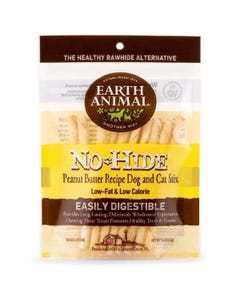 Earth Animal Dog & Cat No-Hide Peanut Butter StixList Price: $15.00 Our Price: $13.49 You Save: $1.51 (10%)AutoShip
Earth Animal Dog & Cat No-Hide Peanut Butter StixList Price: $15.00 Our Price: $13.49 You Save: $1.51 (10%)AutoShip -
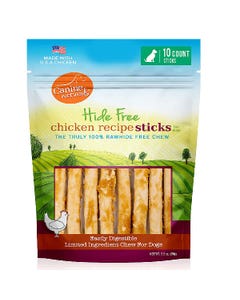 Canine Naturals Hide Free Chicken Recipe SticksList Price: $13.99 Our Price: $12.49 You Save: $1.50 (11%)AutoShip
Canine Naturals Hide Free Chicken Recipe SticksList Price: $13.99 Our Price: $12.49 You Save: $1.50 (11%)AutoShip - sale
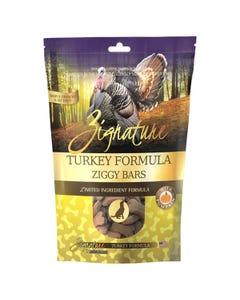 Zignature Limited Ingredient Ziggy Bar Dog Treats - TurkeyOur Price: $8.49 Sale Price: $5.94 You Save: $2.55 (30%)AutoShip
Zignature Limited Ingredient Ziggy Bar Dog Treats - TurkeyOur Price: $8.49 Sale Price: $5.94 You Save: $2.55 (30%)AutoShip -
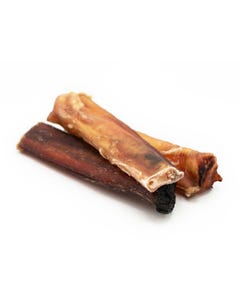
- sale
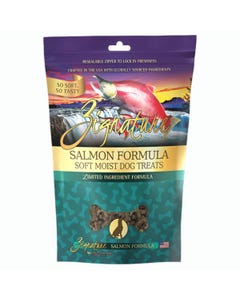 Zignature Soft Moist Treats for Dogs - Salmon FormulaOur Price: $8.99 Sale Price: $6.29 You Save: $2.70 (30%)AutoShip
Zignature Soft Moist Treats for Dogs - Salmon FormulaOur Price: $8.99 Sale Price: $6.29 You Save: $2.70 (30%)AutoShip - sale
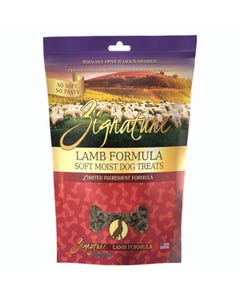 Zignature Soft Moist Treats for Dogs - Lamb FormulaOur Price: $8.99 Sale Price: $6.29 You Save: $2.70 (30%)AutoShip
Zignature Soft Moist Treats for Dogs - Lamb FormulaOur Price: $8.99 Sale Price: $6.29 You Save: $2.70 (30%)AutoShip -
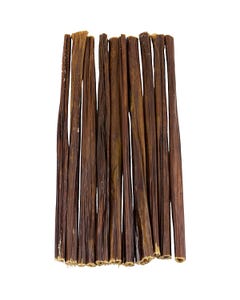
- sale
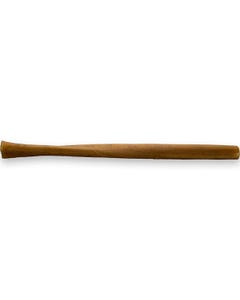 Silver Spur UNBELIEVABULLS Long-Lasting Beef Chew for Dogs - 12 InchOur Price: $5.79 Sale Price: $4.92 You Save: $0.87 (15%)AutoShip
Silver Spur UNBELIEVABULLS Long-Lasting Beef Chew for Dogs - 12 InchOur Price: $5.79 Sale Price: $4.92 You Save: $0.87 (15%)AutoShip - sale
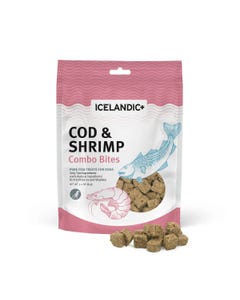 Icelandic+ Cod & Shrimp Combo Bites Dog TreatsOur Price: $13.99 Sale Price: $11.89 You Save: $2.10 (15%)
Icelandic+ Cod & Shrimp Combo Bites Dog TreatsOur Price: $13.99 Sale Price: $11.89 You Save: $2.10 (15%) -
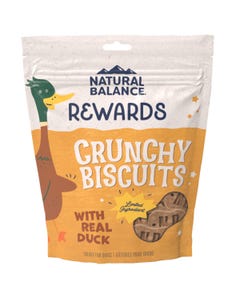 Natural Balance Rewards Crunchy Biscuits with Real DuckList Price: $17.99 Our Price: $16.99 You Save: $1.00 (6%)AutoShip
Natural Balance Rewards Crunchy Biscuits with Real DuckList Price: $17.99 Our Price: $16.99 You Save: $1.00 (6%)AutoShip
Product has been added to cart

